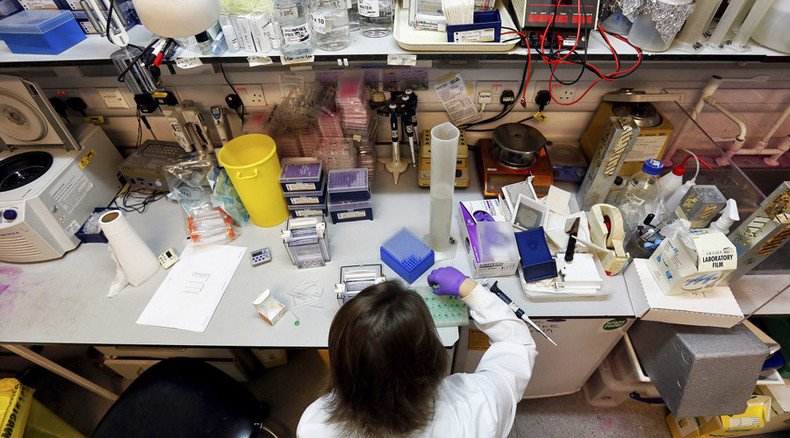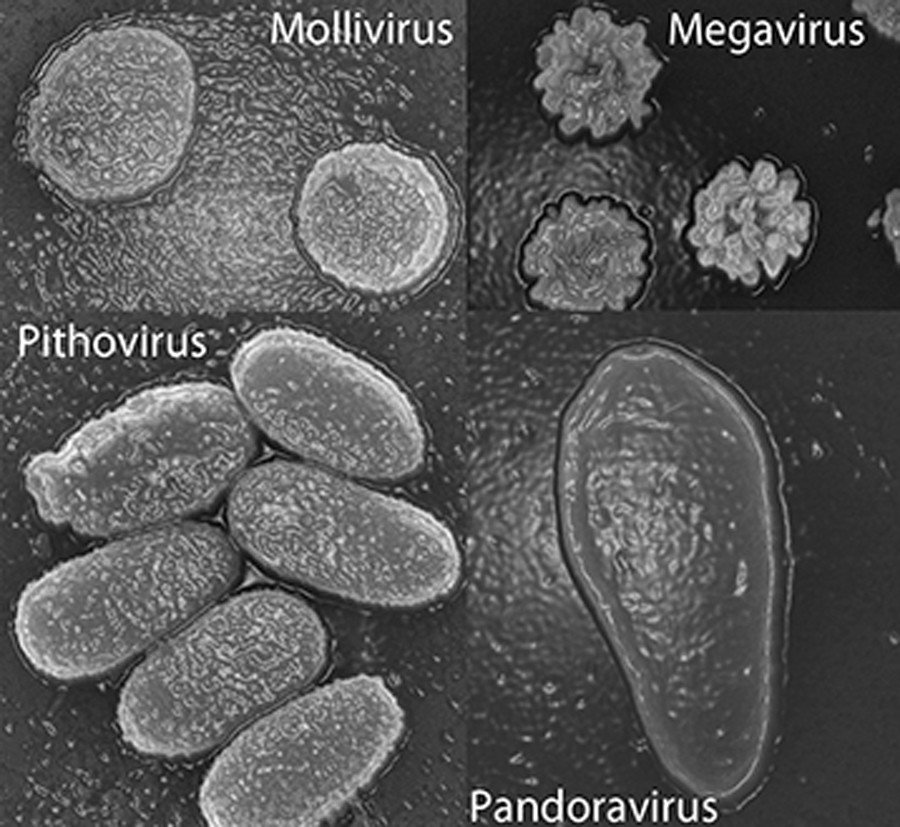New ‘mega virus’: Is it dangerous for humans?

A new, unusually large virus uncovered by French scientists in Siberian permafrost will be examined with great caution as nothing is known about it and the potential danger to humans, says William Schaffner from the Department of Preventive Medicine.
RT: French scientists claim they have found a new prehistoric virus called ‘Mollivirus sibericum’ in the frozen Siberian wastelands, and are planning to bring it back to life. What can you tell us about it?
William Schaffner: I think it is very exciting of course scientifically to find new viruses under the permafrost up under the Arctic. We need to know much more about these viruses. I hope the scientists can get it to multiply, to become alive in the laboratory so that they can test it out. We don’t know what the host of the virus is. Could it be a virus that infects humans? It would be a very unusual event for a virus this large to infect a human. Other animals, reptiles perhaps? We just don’t know.

RT: Is there a possibility this virus can become a threat to human beings?
WS: Whether it can mutate and become a threat to humans is also something unknown, but it is something that we have to be very cautious about. So all of the scientific work will be done in very highly secure laboratories under very controlled conditions, because it is a virus about which we know nothing. And should it be a bad virus for humans, we don’t want it to get out of the laboratory.
RT: Have scientists found some other viruses of this sort?
WS: Yes, this is the fourth such virus of these very large viruses that have been discovered in this fashion. Probably they have been lying dormant for thousands of years, perhaps 30,000 years. In the past these viruses have not been human viruses, but fortunately so. So we need to find out more about this virus, and the scientists will be approaching that with great caution.
RT: Is there something that could go wrong while studying the virus?
WS: There are several things that could go wrong, because that happened before on one occasion. The virus, for example, could infect the scientists themselves, and then the scientists go out of the laboratory and could spread it to their family, other scientists and friends - then that could start and outbreak. That is the sort of thing that people are very worried about.
RT: What is the difference in this virus from the other we already know about?
WS: The virus depends on the kind of damage it does to the person and there are many viral diseases for which we do not have cures at the present time. We can help the body overcome the virus, but since we don’t know what kind of illness it causes, we’re kind of in a muddle. And these are very unusual viruses – they are much larger than the usual viruses that infect people. For example, the influenza virus which we know can cause a great deal of damage only has eight genes. This virus looks as though it has over 500. So it is a mega virus; we don’t know what that means when it comes to human infection. And I hope we never find out.
RT: So is the process of working in laboratory itself a dangerous thing? What is it actually about?
WS: ... Everything will be done very carefully in a laboratory to see if this virus can wake up, whether it can multiply, in which kinds of cells it likes to multiply, because viruses require to be inside cells. Could it be cells from mammals, could it be cells from reptiles – the scientist will be trying to work that out very carefully.
LISTEN MORE:
The statements, views and opinions expressed in this column are solely those of the author and do not necessarily represent those of RT.












